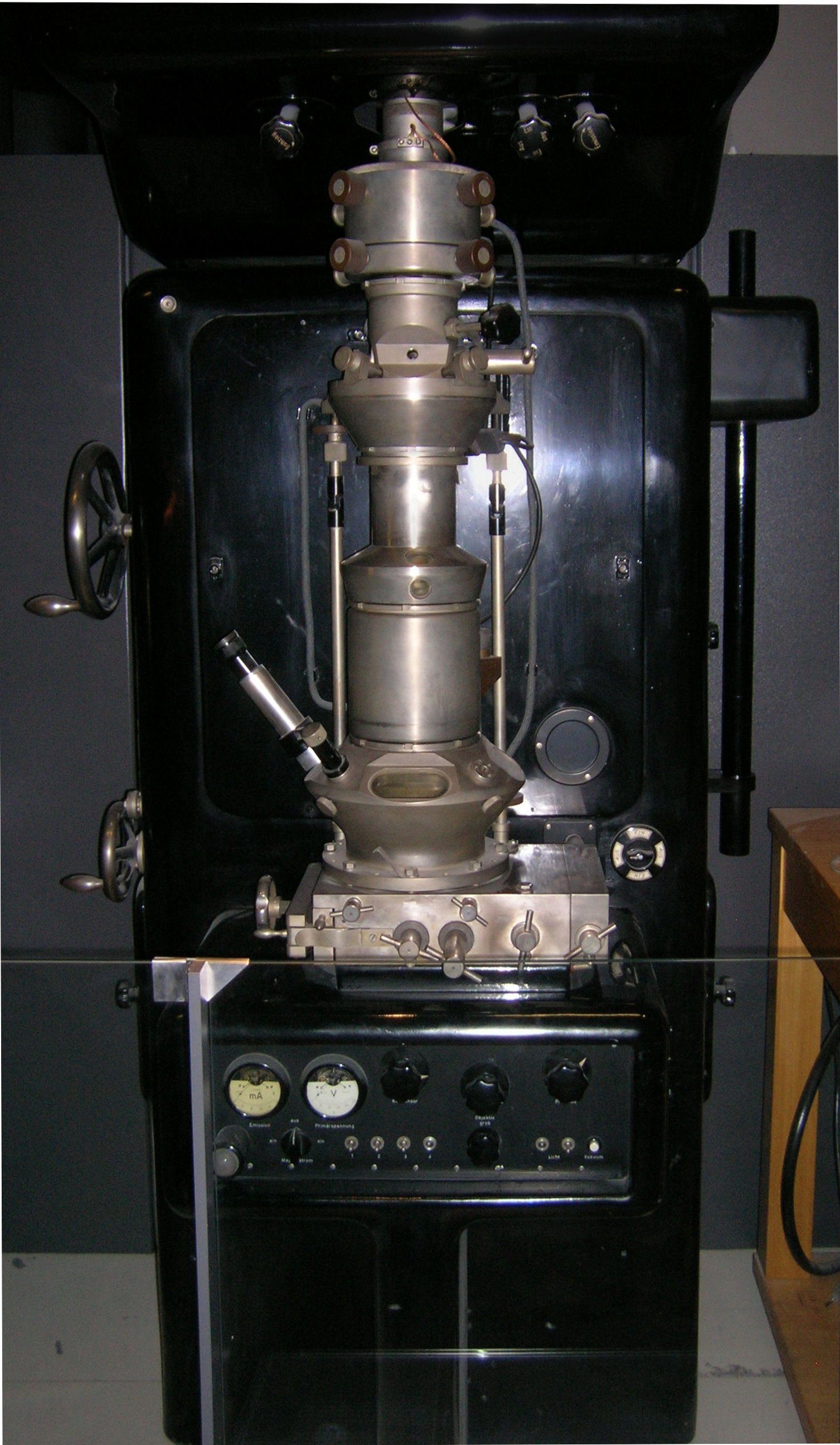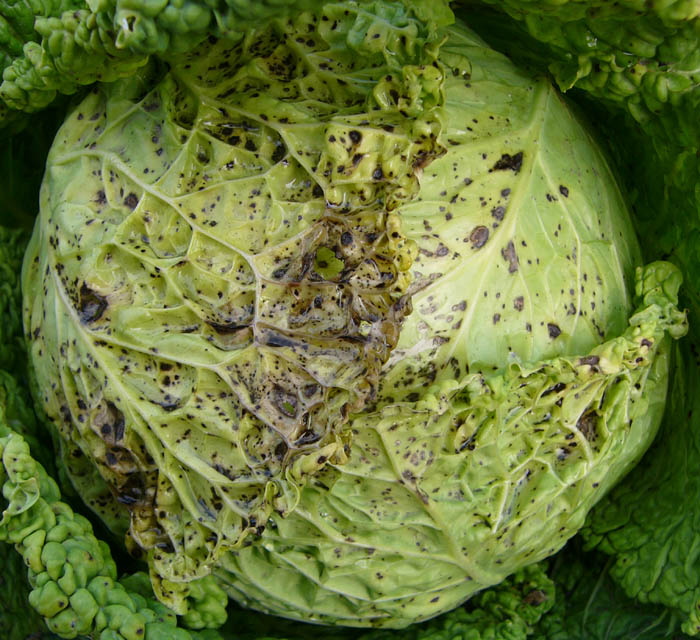|
Astroviridae
Astroviruses (''Astroviridae'') are a type of virus that was first discovered in 1975 using electron microscopes following an outbreak of diarrhea in humans. In addition to humans, astroviruses have now been isolated from numerous mammalian animal species (and are classified as genus '' Mamastrovirus'') and from avian species such as ducks, chickens, and turkey poults (classified as genus ''Avastrovirus''). Astroviruses are 28–35 nm diameter, icosahedral viruses that have a characteristic five- or six-pointed star-like surface structure when viewed by electron microscopy. Along with the Picornaviridae and the Caliciviridae, the Astroviridae comprise a third family of nonenveloped viruses whose genome is composed of plus-sense, single-stranded RNA. Astrovirus has a non-segmented, single stranded, positive sense RNA genome within a non-enveloped icosahedral capsid. Human astroviruses have been shown in numerous studies to be an important cause of gastroenteritis in young c ... [...More Info...] [...Related Items...] OR: [Wikipedia] [Google] [Baidu] |
Avastrovirus
''Avastrovirus'' is a genus of viruses, in the family ''Astroviridae''. Birds serve as natural hosts. There are three species in this genus. Diseases associated with this genus include: gastroenteritis, liver or kidney damages. Taxonomy The genus contains the following species: * '' Avastrovirus 1'' * '' Avastrovirus 2'' * '' Avastrovirus 3'' Structure Viruses in ''Avastrovirus'' are non-enveloped, with icosahedral and spherical geometries, and T=3 symmetry. The diameter is around 35 nm. Genomes are linear and non-segmented, around 6.8-7kb in length. Life cycle Viral replication is cytoplasmic. Entry into the host cell is achieved by attachment to host receptors, which mediates endocytosis. Replication follows the positive stranded RNA virus replication model. Positive stranded RNA Ribonucleic acid (RNA) is a polymeric molecule that is essential for most biological functions, either by performing the function itself (non-coding RNA) or by forming a template for the ... [...More Info...] [...Related Items...] OR: [Wikipedia] [Google] [Baidu] |
Mamastrovirus
''Mamastrovirus'' is a genus of viruses, in the family ''Astroviridae Astroviruses (''Astroviridae'') are a type of virus that was first discovered in 1975 using electron microscopes following an outbreak of diarrhea in humans. In addition to humans, astroviruses have now been isolated from numerous mammalian ani ...''. Human, mammals, and vertebrates serve as natural hosts. There are 19 species in this genus. Diseases associated with this genus include infantile gastroenteritis. Taxonomy The genus contains the following species: * ''Mamastrovirus californiani'' * ''Mamastrovirus canis'' * ''Mamastrovirus felis'' * ''Mamastrovirus guangxiense'' * ''Mamastrovirus hipposideri'' * ''Mamastrovirus hominis'' * ''Mamastrovirus homustovis'' * ''Mamastrovirus melbournense'' * ''Mamastrovirus miniopteri'' * ''Mamastrovirus mustelae'' * ''Mamastrovirus ovis'' * ''Mamastrovirus pipistrelli'' * ''Mamastrovirus pusilli'' * ''Mamastrovirus suis'' * ''Mamastrovirus taphozoi'' * ''Mamastr ... [...More Info...] [...Related Items...] OR: [Wikipedia] [Google] [Baidu] |
Positive-strand RNA Virus
Positive-strand RNA viruses (+ssRNA viruses) are a group of related viruses that have Sense (molecular biology), positive-sense, single-stranded genomes made of ribonucleic acid. The positive-sense genome can act as messenger RNA (mRNA) and can be directly translation (biology), translated into viral proteins by the host cell, host cell's ribosomes. Positive-strand RNA viruses encode an RNA-dependent RNA polymerase (RdRp) which is used during replication of the genome to synthesize a negative-sense antigenome that is then used as a template to create a new positive-sense viral genome. Positive-strand RNA viruses are divided between the phyla ''Kitrinoviricota'', ''Lenarviricota'', and ''Pisuviricota'' (specifically classes ''Pisoniviricetes'' and ''Stelpaviricetes, Stelpavirictes'') all of which are in the kingdom ''Orthornavirae'' and Realm (virology), realm ''Riboviria''. They are Monophyly, monophyletic and descended from a common RNA virus ancestor. In the Baltimore classi ... [...More Info...] [...Related Items...] OR: [Wikipedia] [Google] [Baidu] |
Transmission Electron Microscopy
Transmission electron microscopy (TEM) is a microscopy technique in which a beam of electrons is transmitted through a specimen to form an image. The specimen is most often an ultrathin section less than 100 nm thick or a suspension on a grid. An image is formed from the interaction of the electrons with the sample as the beam is transmitted through the specimen. The image is then magnified and focused onto an imaging device, such as a fluorescent screen, a layer of photographic film, or a detector such as a scintillator attached to a charge-coupled device or a direct electron detector. Transmission electron microscopes are capable of imaging at a significantly higher resolution than light microscopes, owing to the smaller de Broglie wavelength of electrons. This enables the instrument to capture fine detail—even as small as a single column of atoms, which is thousands of times smaller than a resolvable object seen in a light microscope. Transmission electron micr ... [...More Info...] [...Related Items...] OR: [Wikipedia] [Google] [Baidu] |
Potyviridae
''Potyviridae'' is a family of positive-strand RNA viruses that encompasses more than 30% of known plant viruses, many of which are of great agricultural significance. The family contains 13 genera that contain 259 species. Structure Potyvirid virions are nonenveloped, flexuous filamentous, rod-shaped particles. The diameter is around 11–20 nm, with a length of 650–950 nm. Genome Genomes are linear and usually nonsegmented, around 8–12kb in length, consisting of positive-sense RNA, which is surrounded by a protein coat made up of a single viral encoded protein called a capsid. All induce the formation of virus inclusion bodies called cylindrical inclusions (‘pinwheels’) in their hosts. These consist of a single protein (about 70 Dalton (unit), kDa) made in their hosts from a single viral genome product. Member viruses encode large polypeptides that are cleaved into mature proteins. In 5'–3' order these proteins are * P1 (a serine protease): 83 kDa * H ... [...More Info...] [...Related Items...] OR: [Wikipedia] [Google] [Baidu] |
Tymoviridae
''Tymoviridae'' is a family of single-stranded positive sense RNA viruses in the order '' Tymovirales''. Plants serve as natural hosts. The feamily has three genera. Taxonomy The family includes the following three genera: * '' Maculavirus'' * '' Marafivirus'' * '' Tymovirus'' Proposed viruses * Culex tymovirusWang L, Lv X, Zhai Y, Fu S, Wang D, Rayner S, Tang Q, Liang G (2012) Genomic characterization of a novel virus of the family tymoviridae isolated from mosquitoes. PLoS One 7(7):e39845. * Fig fleck-associated virus Virology The virions are non-enveloped and isometric with a diameter of around 30 nm, with an icosahedral structure and a triangulation number T=3. The linear genome is between of 6–7.5 kilobases in length and encodes one large open reading frame. It is capped at the 5’ terminus. The 3’ terminus may have a tRNA-like structure or a polyA tract, depending upon the species. The genome is relatively cytosine Cytosine () (symbol C or Cyt) is one o ... [...More Info...] [...Related Items...] OR: [Wikipedia] [Google] [Baidu] |
Genetic Recombination
Genetic recombination (also known as genetic reshuffling) is the exchange of genetic material between different organisms which leads to production of offspring with combinations of traits that differ from those found in either parent. In eukaryotes, genetic recombination during meiosis can lead to a novel set of genetic information that can be further passed on from parents to offspring. Most recombination occurs naturally and can be classified into two types: (1) ''interchromosomal'' recombination, occurring through independent assortment of alleles whose loci are on different but homologous chromosomes (random orientation of pairs of homologous chromosomes in meiosis I); & (2) ''intrachromosomal'' recombination, occurring through crossing over. During meiosis in eukaryotes, genetic recombination involves the pairing of homologous chromosomes. This may be followed by information transfer between the chromosomes. The information transfer may occur without physical exchange (a ... [...More Info...] [...Related Items...] OR: [Wikipedia] [Google] [Baidu] |
Open Reading Frame
In molecular biology, reading frames are defined as spans of DNA sequence between the start and stop codons. Usually, this is considered within a studied region of a prokaryotic DNA sequence, where only one of the six possible reading frames will be "open" (the "reading", however, refers to the RNA produced by transcription of the DNA and its subsequent interaction with the ribosome in translation). Such an open reading frame (ORF) may contain a start codon (usually AUG in terms of RNA) and by definition cannot extend beyond a stop codon (usually UAA, UAG or UGA in RNA). That start codon (not necessarily the first) indicates where translation may start. The transcription termination site is located after the ORF, beyond the translation stop codon. If transcription were to cease before the stop codon, an incomplete protein would be made during translation. In eukaryotic genes with multiple exons, introns are removed and exons are then joined together after transcription to ... [...More Info...] [...Related Items...] OR: [Wikipedia] [Google] [Baidu] |
5' Cap
In molecular biology, the five-prime cap (5′ cap) is a specially altered nucleotide on the 5′ end of some primary transcripts such as precursor messenger RNA. This process, known as mRNA capping, is highly regulated and vital in the creation of stable and mature messenger RNA able to undergo translation during protein synthesis. Mitochondrial mRNA and chloroplastic mRNA are not capped. Structure In eukaryotes, the 5′ cap (cap-0), found on the 5′ end of an mRNA molecule, consists of a guanine nucleotide connected to mRNA via an unusual 5′ to 5′ triphosphate linkage. This guanosine is methylated on the 7 position directly after capping ''in vivo'' by a methyltransferase. It is referred to as a 7-methylguanylate cap, abbreviated m7G. The Cap-0 is the base cap structure, however, the first and second transcribed nucleotides can also be 2' O-methylated, leading to the Cap-1 and Cap-2 structures, respectively. This is more common in higher eukaryotes an ... [...More Info...] [...Related Items...] OR: [Wikipedia] [Google] [Baidu] |
3' End
Directionality, in molecular biology and biochemistry, is the end-to-end chemical orientation of a single strand of nucleic acid. In a single strand of DNA or RNA, the chemical convention of naming carbon atoms in the nucleotide pentose-sugar-ring means that there will be a 5′ end (usually pronounced "five-prime end"), which frequently contains a phosphate group attached to the 5′ carbon of the ribose ring, and a 3′ end (usually pronounced "three-prime end"), which typically is unmodified from the ribose -OH substituent. In a DNA double helix, the strands run in opposite directions to permit base pairing between them, which is essential for replication or transcription of the encoded information. Nucleic acids can only be synthesized in vivo in the 5′-to-3′ direction, as the polymerases that assemble various types of new strands generally rely on the energy produced by breaking nucleoside triphosphate bonds to attach new nucleoside monophosphates to the 3′- ... [...More Info...] [...Related Items...] OR: [Wikipedia] [Google] [Baidu] |
Poly A
Polyadenylation is the addition of a poly(A) tail to an RNA transcript, typically a messenger RNA (mRNA). The poly(A) tail consists of multiple adenosine monophosphates; in other words, it is a stretch of RNA that has only adenine bases. In eukaryotes, polyadenylation is part of the process that produces mature mRNA for translation (biology), translation. In many bacteria, the poly(A) tail promotes degradation of the mRNA. It, therefore, forms part of the larger process of gene expression. The process of polyadenylation begins as the transcription (genetics), transcription of a gene Transcription (genetics)#Termination, terminates. The Directionality (molecular biology), 3′-most segment of the newly made pre-mRNA is first cleaved off by a protein complex, set of proteins; these proteins then synthesize the poly(A) tail at the RNA's 3′ end. In some genes these proteins add a poly(A) tail at one of several possible sites. Therefore, polyadenylation can produce more than one tra ... [...More Info...] [...Related Items...] OR: [Wikipedia] [Google] [Baidu] |






